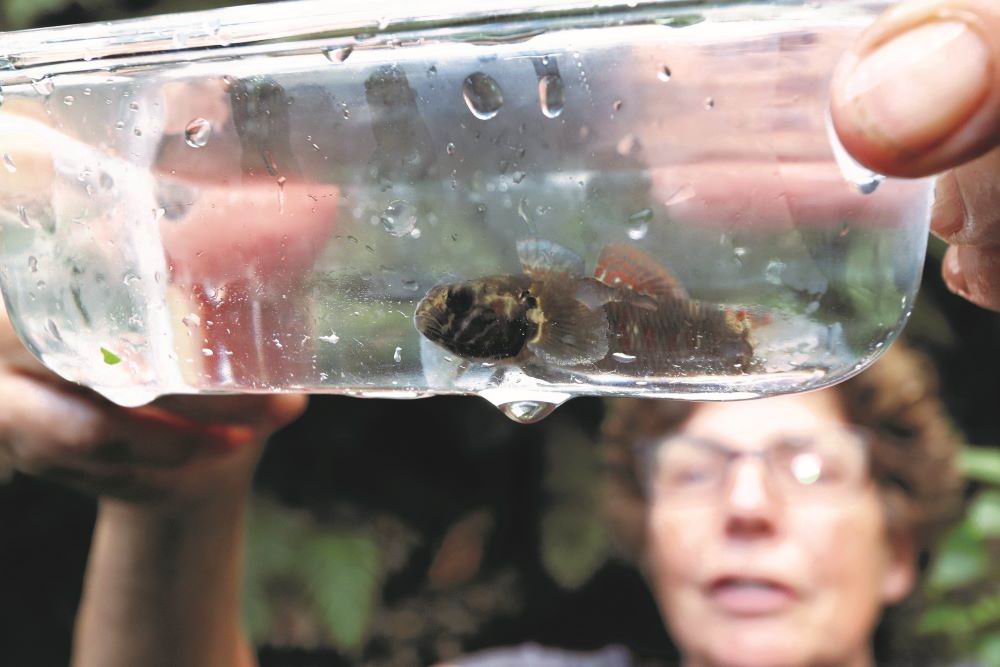Story
Aquatic life under pressure in the big dry
With rivers and streams around Te Taitokerau dwindling to record lows, what does the big dry mean for our region’s freshwater ecosystems? The council’s science manager explains.
Northland is in the grip of a major drought that’s having a huge impact on the wellbeing of our communities, our agriculture and wider economy.
Another major impact of drought is what’s happening in our aquatic ecosystems.
“Current extreme low flows, high temperatures and long daylight hours are putting Northland’s streams under real pressure,” says Northland Regional Council’s science team manager Jean-Charles Perquin.
“We’ve had a huge deficit in rainfall for many months. With these conditions, and with no rain to flush our waterways clean, we’re seeing an upsurge in algal blooms throughout our region’s rivers, streams and lakes.”
Algal blooms aren’t just unsightly. The algae can develop into large, smothering mats, and blooms can wreak havoc on oxygen levels in the water.
“Algal blooms increase day-night fluctuations of the amount of oxygen in the water, spiking in the day and dropping overnight, and we’re currently seeing more of this at our river monitoring sites,” says Jean-Charles.
“Oxygen depletion can be lethal to fish and aquatic insects – it’s not unusual to see some fish deaths in this kind of stressful environment.”
Another issue is water temperature – warm stream temperatures stress most aquatic organisms and can be lethal, particularly to sensitive aquatic insects and fish.
“Our monitoring data has shown temperatures at some of our sites are currently regularly peaking in the mid-twenties during the day, which will be really putting aquatic life under pressure.”
Anyone using swimming holes, rivers or lakes to wash in during the dry spell should leave the soaps and shampoos at home as they contaminate water, creating more problems for aquatic life.
He says that the council’s growing restrictions on water takes are aimed at retaining as much water in streams as possible to reduce impacts on aquatic life, while at the same time providing for the needs of people.
“These aquatic ecosystems have coped with droughts in the past, and most waterbodies and fish populations are likely to recover.
“In the meantime, it’s another reason we all need to do our bit to conserve water and get through this drought in the best shape possible.”

The red fin bully is one native fish species under pressure during the big dry.
